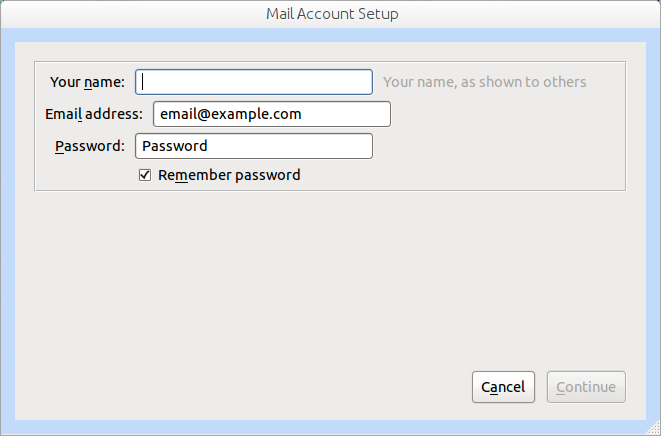

State or Province Name (full name) :New York If you enter '.', the field will be left blank. There are quite a few fields but you can leave some blankįor some fields there will be a default value, What you are about to enter is what is called a Distinguished Name or a DN. The other fields can be left at their defaults by just pressing enter or can be filled in with anything: You are about to be asked to enter information that will be incorporated The only important field is Common Name, which should be set to the domain name or IP address of your droplet which will be accessed by your E-mail clients (for example or 123.123.123.123). OpenSSL will now ask you several questions. Now, create a certificate signing request: sudo openssl req -new -key /etc/pki/tls/private/davmail.key -out /etc/pki/tls/certs/davmail.csr Sudo chmod 600 /etc/pki/tls/private/davmail.key Make sure the key is owned by root and permissions are set properly: sudo chown root:root /etc/pki/tls/private/davmail.key Generate a RSA key with OpenSSL: sudo openssl genrsa -out /etc/pki/tls/private/davmail.key 2048 Otherwise, you can generate a self-signed certificate by following these steps. If so, continue to the Configuring SSL section below. If you have purchased a certificate from a Certificate Authority, then you should already have your certificate and key. In order to enable SSL encryption, you will need a SSL certificate and SSL private key in the PEM format. To configure DavMail to use the default ports for SSL encrypted IMAP and SMTP, change the davmail.imapPort and davmail.smtpPort options: davmail.imapPort=993 The default ports that DavMail uses are non-standard, and you will probably want to change them to ease the process of setting up E-mail clients. Set davmail.url to your Outlook Web App/Outlook Web Access URL, which usually ends in /owa: davmail.url= Set DavMail to server mode so it doesn’t require X11: rver=trueĮnable remote mode and set the bind address to your droplet’s IP address or set it blank: davmail.allowRemote=true Open it in your favorite text editor: sudo nano /etc/davmail.properties
DAVMAIL SETUP INSTALL
You will have to install an additional package so the included init script functions properly: sudo yum install redhat-lsb-coreĭavMail’s configuration file is located at /etc/davmail.properties. Then, install DavMail with yum: sudo yum install davmail

DAVMAIL SETUP UPDATE
repo file and update your yum cache: sudo curl -o /etc//home:marcindulak.repo Installing DavMail on CentOS 6 will require adding a 3rd party repository. DavMail provides a solution, translating Microsoft Exchange to open protocols like POP, IMAP, SMTP, Caldav, Carddav, and LDAP. If your workplace or school uses Microsoft Exchange for E-mail, you may wish to access your Exchange E-mail account from E-mail clients that do not support the Exchange protocol. If available, we strongly recommend using a guide written for the version of CentOS you are using. This guide might still be useful as a reference, but may not work on other CentOS releases. For this reason, this guide is no longer maintained. If you are currently operating a server running CentOS 6, we highly recommend upgrading or migrating to a supported version of CentOS.ĬentOS 6 reached end of life (EOL) on November 30th, 2020 and no longer receives security patches or updates. This article covers a version of CentOS that is no longer supported.


 0 kommentar(er)
0 kommentar(er)
